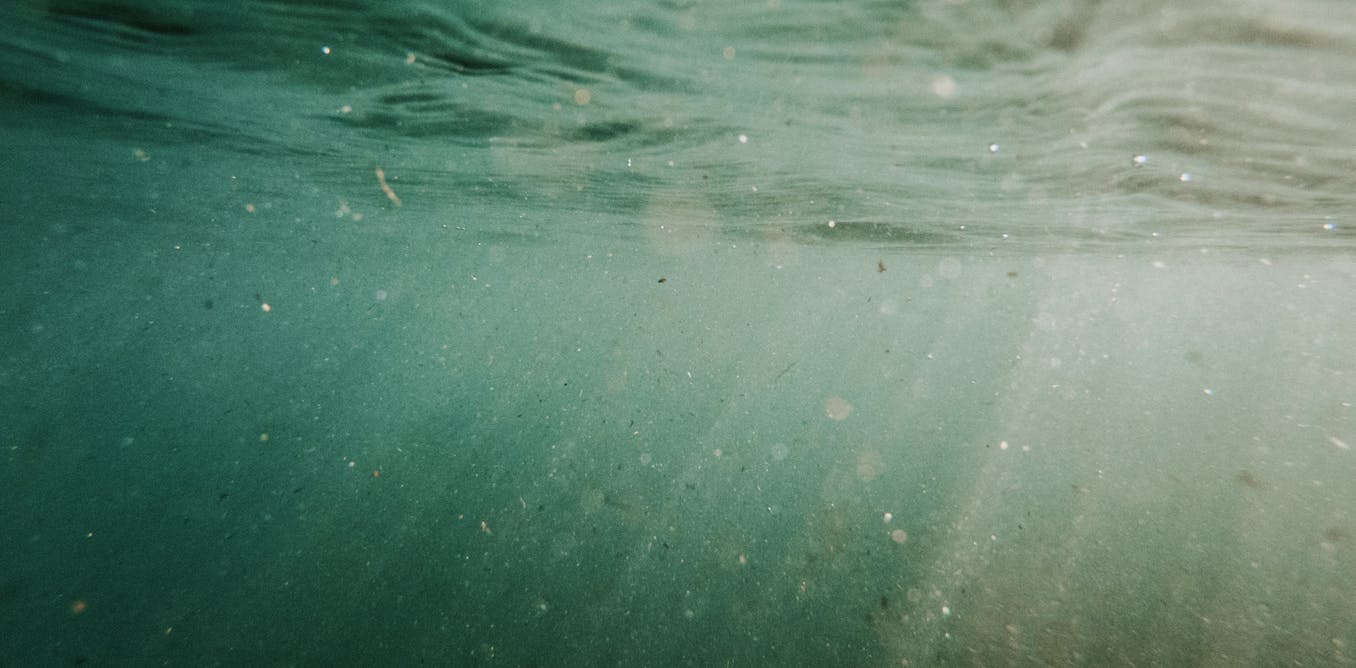Studies in the past two years have found nanoplastics in human blood, in liver and lung cells, and in reproductive tissues such as the placenta and the testes. Around the world, nanoplastics have been found in the air, in seawater, in snow and in soil.
Nanoplastics are created when everyday products such as clothes, food and beverage packaging, home furnishings, plastic bags, toys and toiletries degrade. This can be caused by environmental factors such as sunlight or wear and tear from mechanical action. Many personal care products, such as scrubs and shampoos, can also release nanoplastics.
Like larger plastic particles, nanoplastics can come from a variety of polymer types, including polyethylene, polypropylene, polystyrene and polyvinyl chloride. Because plastic products are widely used, it is hard to avoid nanoplastics in our daily lives.



What if Fibromyalgia is just nano/pico plastics hurting my mitochondria 🤔.
Or me feeling them >.>